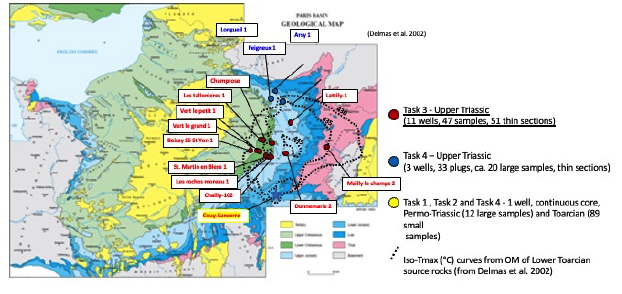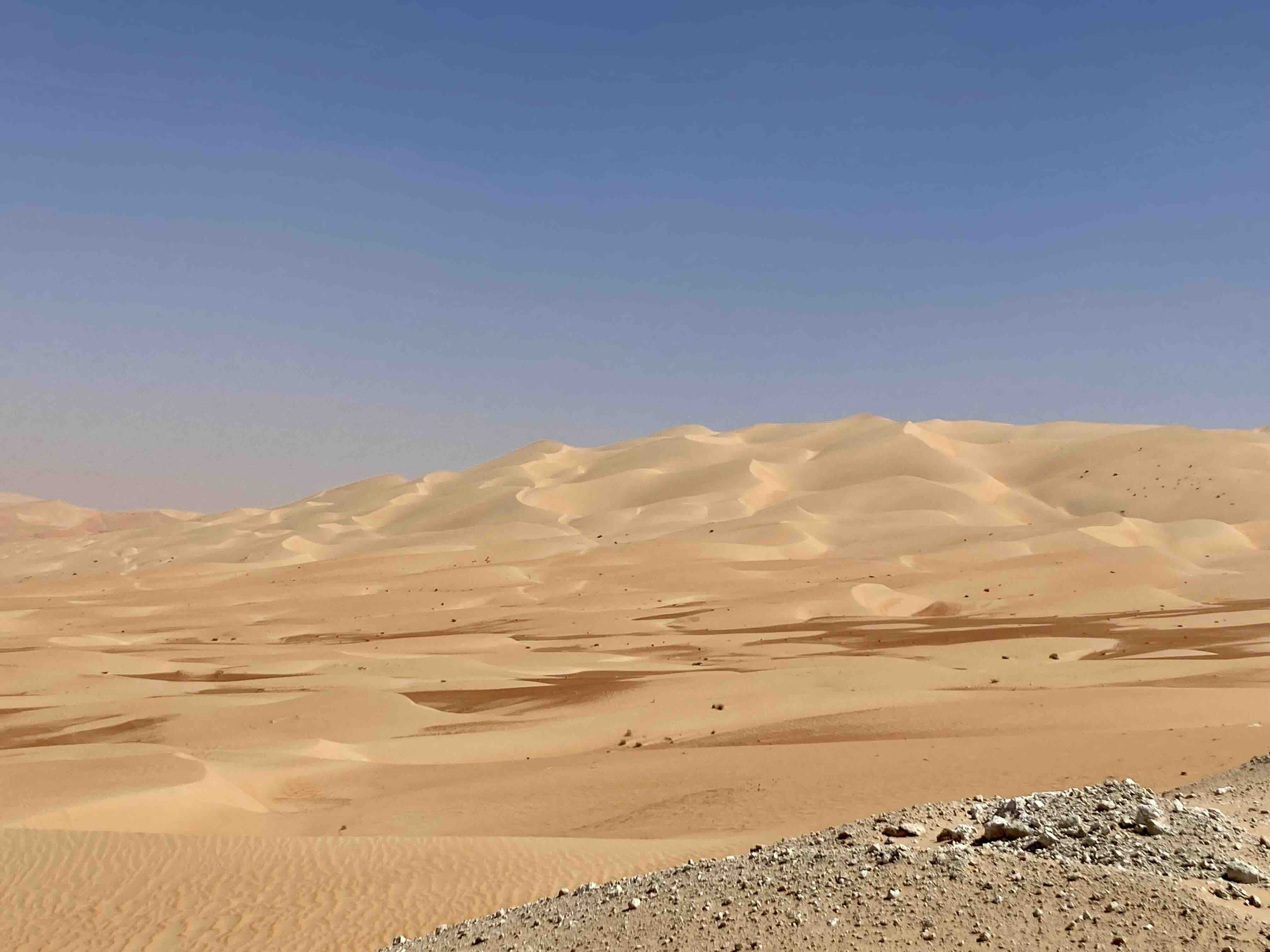Dr. Andrea Ceriani obtained his doctoral degree in Earth Sciences from the University of Pavia in 2001. He also obtained his master's degree in geology in 1995 from the same university. Before joining Khalifa University in 2013 as an Associate Professor, he held an Assistant Professor position at the University of Pavia (Italy) since 2005. Dr. ceriani gained more than 20 years of practical experience in sedimentary geology, working with industry and academia. Dr. Ceriani has developed research knowledge in different analytical techniques such as optical and electron microscopy, cathodoluminescence, X-ray diffractometry, and fluid inclusion analysis. Dr Ceriani has been the author and co-author of several publications in peer-reviewed journals and acts as principal investigator in both academic and industry-oriented research projects. Dr. Ceriani has experience in integrating petrography, sedimentology, and diagenesis to predict reservoir property distribution with respect to primary depositional attributes.

New approaches to assessing thermal evolution in sedimentary basins: towards integration of source rock Raman spectroscopy assisted by machine learning and carbonate thermo-chronometry by Δ47/U-Pb
Temperature is a critical parameter governing the evolution of sedimentary basins. Conventional thermal proxies (e.g. vitrinite reflectance, apatite fission tracks) may be affected by limitations and call for new complementary methods. Raman spectroscopy on kerogen in the diagenetic realm (T<200°C) has recently provided a robust correlation with vitrinite, though further validation is required. Also carbonate thermo-chronology, from clumped isotopes (∆47) and U-Pb dating (LA-ICP-MS), was implemented, though application to rocks suffering T>100°C remains underexplored. These methods may capture: 1) the thermal maximum recorded by any organic-rich rock; 2) the thermal conditions prevailing when carbonates precipitate. Lower Jurassic source rocks overlying Upper Triassic carbonate-cemented siliciclastic reservoirs from the Paris Basin will be investigated to validate a workflow merging conventional and new methods, to constrain the basin temperature-time evolution and assist thermal modeling. The workflow will reduce uncertainties in the assessment of fossil and renewable energy potential in basins including carbonate and siliciclastic successions.

Investigation of sand resources in the Abu Dhabi Emirates: Textural and compositional characterization of surficial sand deposit for potential use as proppant
There is a growing demand from the public, government agencies, and the energy and mineral resource industries for credible information about frac sand and the frac sand resource industry. Frac sand, can be nowadays considered as a commodity and could be defined as a naturally occurring, highly pure silica sand, with rigorous physical specifications, that is used as a proppant during hydraulic fracturing (fracking or hydrofracking) of oil and gas wells to maximize production from tight, unconventional reservoirs. This project aims to investigate the potential use of sands found in the UAE as natural proppants for use in the hydraulic fracturing of oil and gas wells. This project intends to characterize selected sand sources for potential use as proppants by using applicable testing methodologies recommended for the testing and evaluation of natural sands as proppants as published by the International Organization for Standards (ISO), the American National Standards Institute (ANSI), and the American Petroleum Institute (API), and current oil and gas industry engineering practice. Selected sand samples will be initially sampled from accessible locations in the mobile dunes belt of the Rub Al’ Khali basin. In the second phase of the project, the collected samples, representing a broad variety of sand types found in the UAE will be submitted for testing and characterization for potential use as natural proppant sands. Tests on selected samples should include compositional characterization, determination of grain-size distribution via sieve analysis, determination of sand crush resistance and HCL-HF acid solubility, determination of particle shape factors of individual grain (sphericity and roundness), sand sample turbidity, and sand density determinations including bulk and apparent (i.e. specific gravity) densities, and other as required.